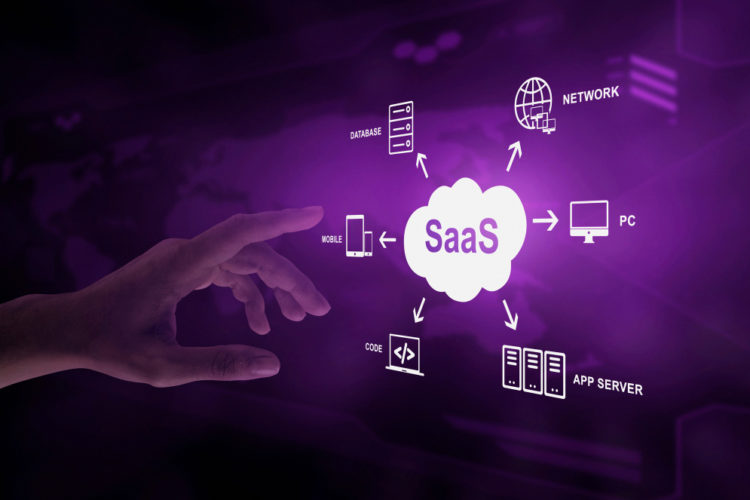
ELT (Extract, Load, Transform) is a data integration process that has become increasingly popular in recent years. It is used to quickly and efficiently transfer large amounts of data from one system to another. ELT can be used for both batch and real-time operations, making it an ideal choice for organizations that need to move data between different databases or applications. The process involves extracting the data from its source, loading it into a staging area, and then transforming it into the desired format before finally loading it into the target system.
This blog post will provide an overview of how ELT works and discuss some of its advantages over traditional ETL (Extract, Transform, Load) processes. We’ll also look at some common challenges associated with ELT as well as best practices for ensuring successful implementation. So whether you’re looking to upgrade your existing ETL process or are just getting started with ELT, this blog post has something for you.
Advantages of ELT over ETL
Unlike traditional ETL processes, ELT can be used for both batch and real-time operations. This makes it an ideal choice for organizations that need to move large amounts of data quickly and efficiently. Additionally, because ELT does not require complex transformation logic as ETL does, it is generally easier to implement and maintain. Finally, by using ELT, you can merge multiple data sources together more efficiently. This allows you to get more insights from your data in less time.
Extracting Data
The first step of the ELT process is extracting data from its source. This involves identifying and accessing the data that needs to be transferred, which can come from a variety of sources such as databases, web services, or file systems. The extracted data is then stored in a staging area where it awaits transformation into the desired format before being loaded into the target system.
The extraction process varies depending on the type of source and destination systems involved. For example, if you’re transferring data between two databases using SQL queries, then your extraction logic will involve writing out those queries to retrieve the necessary information from each database. On the other hand, if you’re moving files between two different file systems or applications with different formats (e.g., CSV vs XLSX), then your extraction logic might involve applying certain transformations to make sure that all fields are properly formatted for loading into the target application or database table.
In addition to this basic setup for extracting data from its source location, there may also be additional steps required based on specific requirements such as security protocols or compliance standards associated with handling sensitive customer information or financial transactions. For instance, when dealing with personally identifiable information (PII) like Social Security numbers, it is important to implement the necessary security measures to encrypt the data while it is being transferred between systems.
Loading Data
Once the data has been extracted and stored in a staging area, it needs to be loaded into the target system. This is done by mapping each source field to its corresponding destination field, then inserting or updating records as necessary. This step can also involve applying certain transformations if the source and target formats are not compatible. For example, you may need to reformat dates from one format (e.g., YYYY-MM-DD) to another (e.g., MM/DD/YYYY).
The loading process should always be designed with efficiency and accuracy in mind. To ensure that data is transferred quickly and accurately between systems, it’s important to account for any potential errors during this step of the process. For instance, you may want to implement data validation checks to make sure that all required fields are present and that the data types are correct. Additionally, it’s a good idea to set up error-handling routines in case any unforeseen issues arise during the loading process.
Transformation
The final step of the ELT process is transforming the data into its desired state. This can involve a variety of tasks such as filtering out irrelevant fields or applying certain calculations to generate new values. The goal here is to make sure that the data is ready for consumption by applications or users. Depending on the type of transformation required, there are various tools and techniques available that can be used to achieve this. For example, you may choose to use SQL queries or custom scripts to perform complex transformations on your data, or you may prefer to use an ETL tool like Talend or Apache NiFi for simpler transformations.
No matter how you go about transforming your data, it’s important to ensure that all of the necessary steps are taken to ensure accuracy and consistency. This includes executing data quality checks on the transformed data, validating that all of the fields have been properly mapped and calculated, and ensuring that no erroneous values have been introduced during the transformation process.

While the ELT process may seem complex, its main aim is to quickly and accurately transfer data from one system to another. By properly understanding the ELT process and ensuring that all of the necessary steps are taken, you can ensure that your data is handled in the most efficient and secure manner possible.





